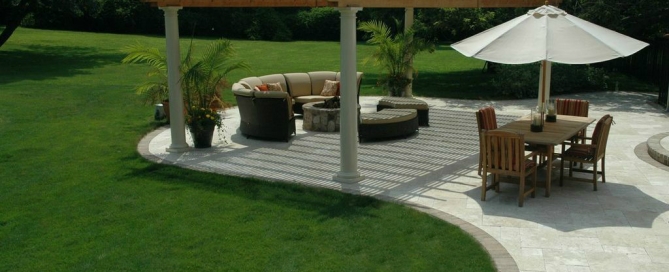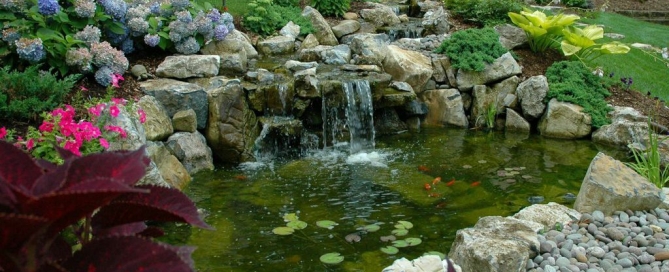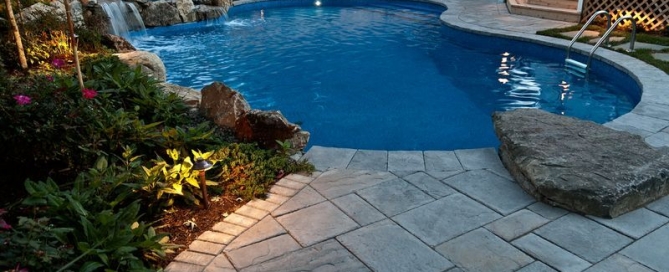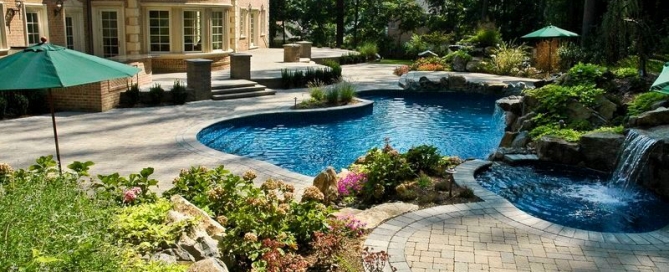Are You Thinking About Travertine for Your New Patio?
Understanding what Travertine is, its strengths and weaknesses, and how it reacts in different areas, is something Deck and Patio’s Outdoor Living Expert, Bill Renter, has discussed with stone experts from around the world. He has also studied existing Travertine projects over a period of years to see what actually holds up — and what doesn’t — in our climate.
Travertine natural stone has been in existence for thousand of years. It comes in many different colors, ranging from reddish orange, beige, to white, and is sometimes mistaken for marble. Italian Travertine, revered for its hardness and porosity, is what the Coliseum in Rome was constructed of, so the durability of Italian Travertine is not in question, although it can be expensive.
However, Travertine is quarried from around the globe and is widely used beyond Italy — mostly in tropical locations for patios, walks, terraces, etc. Although it is typically used indoors in colder climates, there has been an increase in its usage outdoors, in and around pools and homes. But can all Travertine stone be used this way?
The answer is no, or at least it shouldn’t for best results. The three most common locations where Travertine comes from are: Italy, Turkey, and Mexico. Mexico’s Travertine is a much softer and much more porous and does not hold up well in our frost zone. Turkish Travertine, is very common and, in most instances, is less expensive than the Italian. It does hold up quite well in our Northeast’s freeze/thaw climate.
Be aware, however, that some companies offer very inexpensive Travertine for use outdoors and may seem to be a great deal. However, they may be using stone quarried in, say, China, where the qualities of such stone differ considerably and will not stand up to certain climates. Just because a stone is called “Travertine,” don’t assume it’s all the same. It’s not.
In our area of the Northeast (Long Island, NY), the summer sun gets intense. However, Travertine does not absorb the heat like brick or bluestone, and is similar to light-colored concrete pavers where heat is not retained in the paver. This makes it ideal as a pool surround, where being barefoot is unavoidable.
Deck and Patio used a natural stone for the veneer of the bar/barbeque and constructed a seat wall made of the same veneer, with the same edge-restraint as the capstone for the seat wall. This created a unique contrast between the patio, bar area and the extensive back veneer used for the house.

























